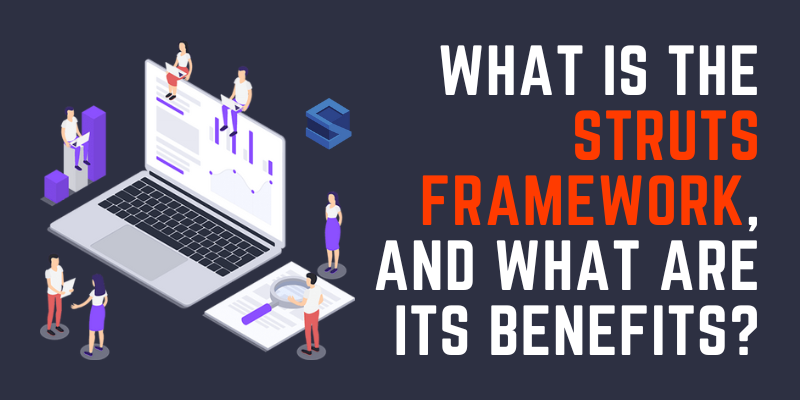
Struts is the web application framework used to create Java EE web applications. Craig Mcclanahan created Struts in May 2000, and it was given to the Apache Foundation. It was also known as Jakarta Struts. It is written in Java and uses cross-platform technologies like the Java Virtual Machine. Struts is an open-source framework that makes use of the Java API. The Java Servlet API has been extended to use Model View Controller Architecture (MVC), primarily working between these three forms. In this blog, we will go over what is the Struts framework and what are its benefits. Join the Struts Training in Chennai at FITA Academy to learn more about Struts, which offers certification training and placement support.
Framework of Struts
- The framework includes controllerservlet and actionservlet. These are defined in both the libraries and the Integrated Development Environment. As a result, they are registered in the framework’s XML files. A Model View Controller Architecture is used in the Java servlet application interface (MVC).
- The Model is independent of the view and controller. The Model is the application logic that interacts with the database, and the view is the HTML page that the client sees.
- When the framework is launched, a controller servlet called Action Servlet is used. Action servlet creates the templates that the user will see. The controller communicates information between the client’s Model and View.
- The programmer creates the configuration file struts-config.xml. This configuration file connects the Model, view, and controller. For the HTML content, the templates are written in JSP.
- Using struts-config.xml, this servlet maps requests to Struts Action objects.
- If any information needs to be changed, simply updating the XML file should suffice.
- Requests are executed after action form objects are created to store data temporarily.
- The Model returns a string (Action forward) that instructs the controller to send the client an output page.
- After the requests are processed, the Action object processes new data and forwards the results to the appropriate view.
Enroll in the Struts Training center in Chennai, which will help you to understand more about Struts’s Famework.
Advantages of Struts Framework
- Struts that follow the MVC framework, Java, JSP, and Action classes are well-maintained and simple to grasp for developers.
- The development time is reduced, giving application developers an advantage.
- The MVC framework makes application maintenance simple.
- Because the representation is in XML or property files, all information about the application can be retrieved from the xml.config files. The config file contains all information, including the Action class, Form Bean, and JSP page information, which is very useful for developers.
- Form Bean stores information of getParameter (). This is where all of the input data is processed. Because of Form Bean, processing data takes much less time.
- JSP tags are provided to provide JavaBeans component properties easily. The tags are customised, concise, and powerful compared to other tags.
- HTML tags are also created from JSP tags to create the page for the user interface. Java files generate the form field objects. The forms can be displayed again with all values remaining the same or a few changes.
Conclusion
I hope that this blog helps you to get some valuable information about What is the Struts Framework and what its benefits. Join the Struts course in Chennai to learn more about Hibernate, which will help you to develop your career by providing certification training with real-time projects.
Read More: Dot Net Interview Questions and Answers
